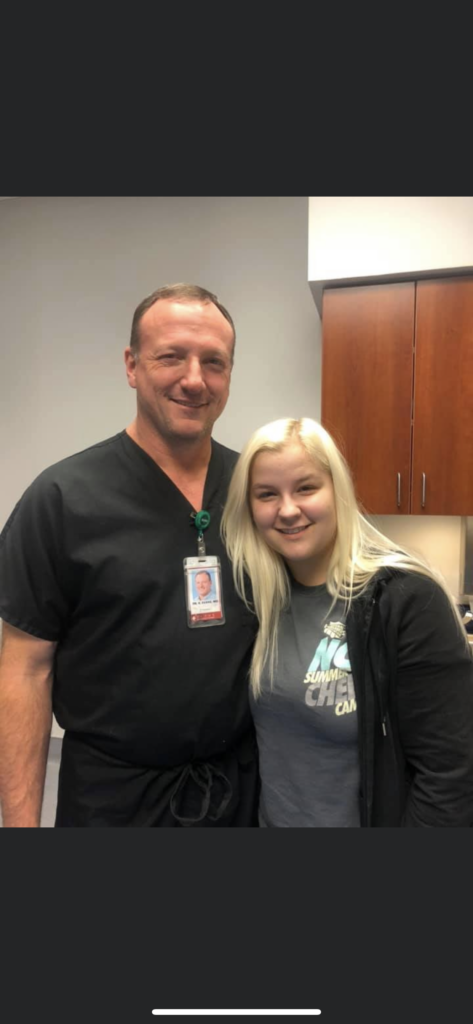Dr John Won Charlotte and The Role of Oral and Maxillofacial Surgeons in Emergency Situations
Emergencies can strike at any moment, entailing swift and specialized medical attention. Among the professionals at the frontline in such scenarios are Oral and Maxillofacial Surgeons (OMS). Dr John Won Charlotte and other experts play a vital role in addressing a spectrum of urgent medical conditions that affect the facial region, demonstrating their essential contribution to healthcare, especially in emergency situations.
Oral and Maxillofacial Surgeons like Dr John Won Charlotte are highly trained to handle severe facial injuries resulting from trauma, accidents, or violent incidents. Their adept skill set allows them to promptly assess complex facial lacerations, fractures, and dislocations, ensuring immediate and effective intervention. By stabilizing facial structures and preventing further complications, OMS specialists are crucial in safeguarding patients’ overall health and appearance following traumatic incidents.
Additionally, OMS professionals are indispensable in managing severe infections of the oral cavity and associated structures. Dental infections can escalate rapidly, spreading to the jaw, neck, or even systemic circulation if not treated promptly. With their comprehensive understanding of facial anatomy and surgical capabilities, Oral and Maxillofacial Surgeons can perform urgent procedures, such as draining abscesses or removing infected tissues, to halt the spread of infection and avert potentially life-threatening conditions.
Moreover, OMS specialists are often called upon during emergency situations involving airway obstructions. This can occur due to traumatic injury, swelling from an infection, or complications from medical conditions. Their proficiency in creating surgical pathways to secure the airway or performing emergency tracheotomies can be life-saving, showcasing their critical role in respiratory emergencies.
In summary, the expertise of Dr John Won Charlotte is indispensable in emergency medical care. Their ability to address traumatic injuries, severe infections, and airway obstructions underscores their vital role in the healthcare system. Whether in the emergency room or during critical surgical interventions, OMS professionals are integral to ensuring patients receive comprehensive and immediate care during some of the most urgent and demanding medical situations.


